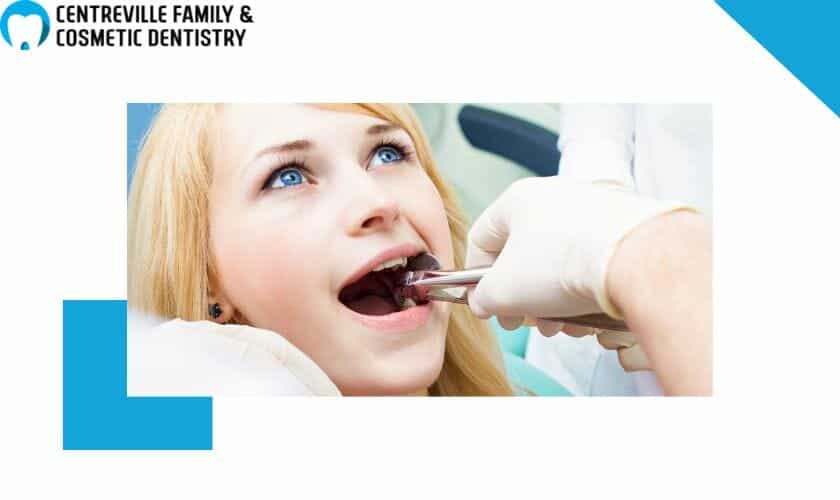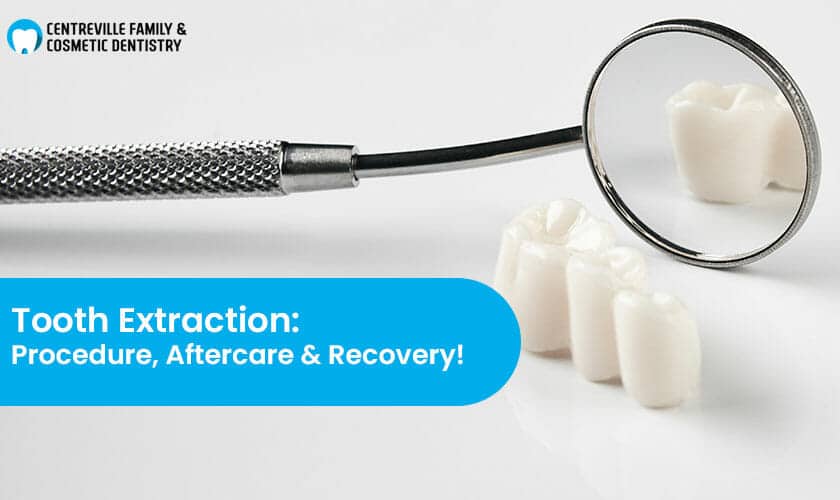We are not a registered Medicare/Medicaid Provider

When it comes to oral health, preserving teeth whenever possible is ideal. But sometimes that isn’t always an option and a dentist may recommend a tooth extraction. An extraction is the removal of a tooth from its socket in the bone. Extractions can be done for a variety of reasons, but it is important to understand why an extraction is necessary and what the process entails.
In some cases, a tooth cannot be saved due to decay or trauma. Before extracting a tooth, your dentist will assess whether there are any other potential treatments that may be recommended instead. These treatments include root canals, crowns, fillings, or even a dental implant to replace the extracted tooth. If none of these options are feasible, then extraction may be necessary.
Reasons Why Tooth Extractions Are Necessary
There are several reasons why an extraction may be needed including:
• Severe decay that has damaged the tooth beyond repair
• A cracked or broken tooth that cannot be fixed
• Crowded mouth where there is not enough room for all of the teeth
• Impacted wisdom teeth causing pain and discomfort
• To prepare for orthodontic treatment like braces or Invisalign
• Infections that cannot be treated with antibiotics
• Gum disease or periodontal disease where the tooth is not securely rooted
The Tooth Extraction Process
Before a tooth extraction, your dentist will take x-rays to determine the best course of action. During the procedure, your dentist may use anesthesia and sedation to help alleviate any discomfort or anxiety.
Your dentist will then begin to loosen the tooth with an instrument called an elevator and remove it with forceps. Depending on the type of extraction, your dentist may need to make a small incision in the gums and remove bone around the tooth before extracting it. After removing the tooth, they will pack the socket with gauze to stop any bleeding and help to clot.
Conclusion
The recovery period for extraction can take a few days, so it is important to rest and follow your dentist’s aftercare instructions carefully. Your mouth will fill in the gap left behind by the extracted tooth over time. If you have multiple teeth that need to be extracted, it is important to speak with your dentist about options for tooth replacement like implants or bridges.
After the procedure, you may experience some bleeding and swelling which can be reduced with cold compresses. Your dentist will provide you with aftercare instructions and medications to help reduce any discomfort.
You should wait at least an hour before eating or drinking anything, but then you can resume your normal diet. It is important to stick to soft foods like soup and yogurt as hard or crunchy foods can dislodge the blood clot or cause infection.
A tooth extraction is usually done with local anesthesia to numb the area and reduce any discomfort. After the procedure, your dentist may prescribe pain medication to help manage any pain you may still feel.




